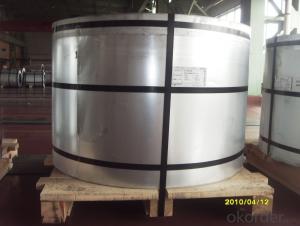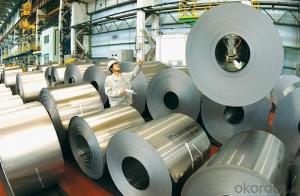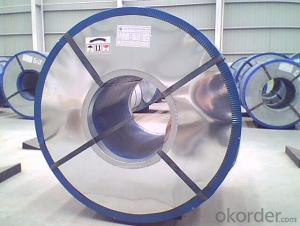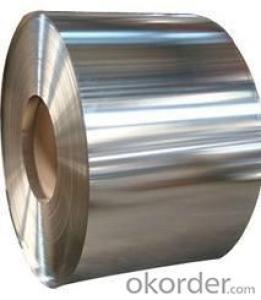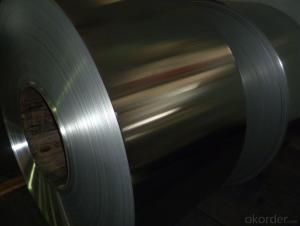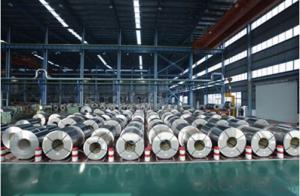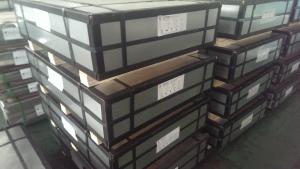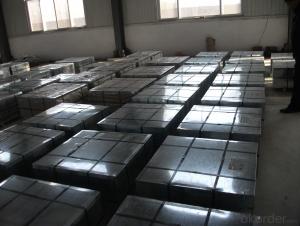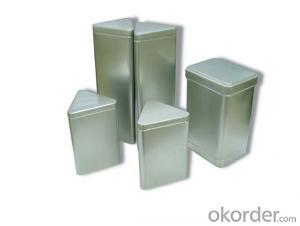Tinplate Jamshedpur
Tinplate Jamshedpur Related Searches
4 By 8 Plastic Sheets Thin Plastic Sheets Flexible Tinplate Coil Quotes Tinplate Iron Clear Plastic Sheets Hard Plastic Sheets 4X8 Lightweight Plastic Sheets Wavy Plastic Sheets White Plywood Sheets Poly Styrene Foam SheetsHot Searches
Tinplate China Tinplate Stock Price Tata Tinplate Price List Tinplate Price Trend Tinplate Nse Share Price Tinplate Price Chart Tinplate Share Price Nse Tata Tinplate Share Price Tinplate Share Price Today Tinplate Share Price Bse Tinplate Price Tinplate Share Price Tinplate Coil Manufacturers Tinplate Sheet Suppliers Food Mixer Sale Tinplate Factory Tinplate Production Tinplate Products Ltd Tinplate Products Tinplate Can ManufacturersTinplate Jamshedpur Supplier & Manufacturer from China
Okorder.com is a professional Tinplate Jamshedpur supplier & manufacturer, offers integrated one-stop services including real-time quoting and online cargo tracking. We are funded by CNBM Group, a Fortune 500 enterprise and the largest Tinplate Jamshedpur firm in China.Hot Products
FAQ
- Yes, tinplate can be used for roofing and construction. Tinplate is a type of steel coated with a thin layer of tin, which provides corrosion resistance and durability. It is commonly used in roofing and construction applications due to its strength, aesthetic appeal, and ability to withstand harsh weather conditions.
- Yes, tinplate can be used for packaging hazardous materials. Tinplate is a type of steel coated with a thin layer of tin, providing excellent resistance against corrosion and creating a protective barrier. This makes it suitable for containing and transporting hazardous materials safely, as it helps prevent leaks or contamination. Additionally, tinplate is also recyclable, making it an environmentally friendly choice for packaging hazardous substances.
- Yes, tinplate can be used for medical or pharmaceutical packaging. Tinplate is a durable and corrosion-resistant material that provides an excellent barrier against moisture, light, and oxygen, which is crucial for preserving the quality and integrity of medical or pharmaceutical products. Additionally, tinplate's ability to be sterilized makes it suitable for packaging items that require a high level of hygiene.
- There are several advantages of using tinplate for paint cans. Firstly, tinplate is a highly durable material that provides excellent protection against corrosion and external elements, ensuring the longevity of the paint stored inside. Additionally, tinplate has a high resistance to impact, making it less likely to dent or get damaged during transportation or storage. Furthermore, tinplate has superior barrier properties, preventing the paint from interacting with oxygen or moisture, which could potentially affect its quality. Lastly, tinplate is a sustainable and recyclable material, making it an environmentally friendly choice for paint can packaging.
- Yes, tinplate can be used for high-speed packaging lines. Tinplate, known for its strength, durability, and corrosion resistance, is commonly used in the food and beverage industry for packaging products that require high-speed production. Its smooth surface allows for efficient printing and labeling, making it a suitable choice for high-speed packaging lines.
- There are several methods of storing tinplate packaging, including stacking them on shelves or pallets, using storage bins or containers, hanging them on racks or hooks, or utilizing specialized storage systems such as gravity flow or carousel systems. The choice of method depends on factors such as available space, the quantity of packaging, ease of access, and the specific requirements of the packaging material.
- Some advancements in tinplate technology include improved coating techniques, such as electrolytic tin coating, which provides better corrosion resistance and adhesion. Additionally, manufacturers have developed thinner and lighter tinplate materials without compromising strength and durability. Furthermore, advancements in printing technology have allowed for more intricate and high-quality graphics on tinplate packaging. Overall, these advancements have enhanced the functionality, aesthetics, and sustainability of tinplate products.

















